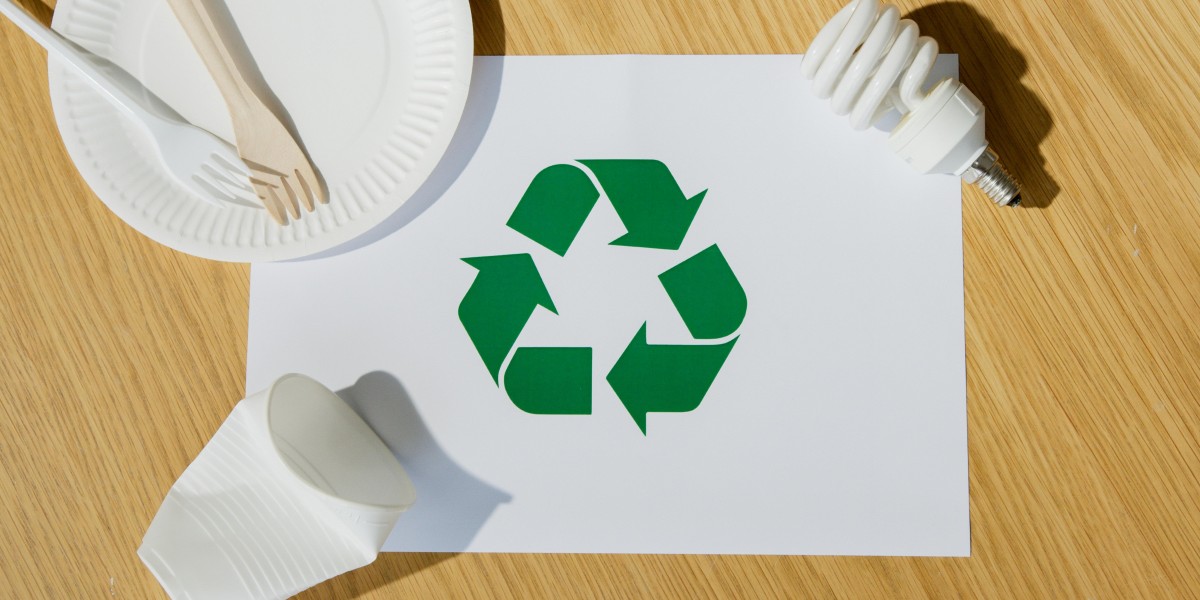In today’s business world, sustainability isn’t just a buzzword—it’s becoming a necessity. Companies are under increasing pressure to rethink the way they produce, consume, and dispose of resources. This shift has given rise to a concept known as the circular economy. Unlike the traditional linear model of “take, make, dispose,” a circular economy focuses on keeping resources in use for as long as possible, extracting maximum value, and then recovering or regenerating products at the end of their lifecycle.
The Rise of Circular Practices
For decades, businesses followed a straightforward path: manufacture goods, sell them, and eventually discard what was no longer needed. This approach fueled growth but left a significant environmental footprint. Landfills overflowed, raw materials dwindled, and greenhouse gas emissions soared. Today, companies are realizing that this model is not only harmful to the planet but also unsustainable for long-term profitability.
The new wave of circular economy practices is designed to tackle these challenges. Businesses are exploring ways to reuse materials, recycle components, and design products that last longer. This isn’t just about environmental responsibility—it’s a strategy to reduce costs, increase efficiency, and tap into new revenue streams.
Designing Products with Purpose
At the heart of the circular economy is product design. Companies are shifting focus from disposable items to products that can be refurbished, repaired, or upgraded. For instance, electronics manufacturers are now creating devices with modular components. This allows users to replace a faulty part instead of discarding the entire device. Similarly, fashion brands are experimenting with recyclable textiles and closed-loop systems, where old garments are returned, broken down, and transformed into new pieces.
These design changes require careful planning and innovation. It’s about thinking beyond the immediate sale and considering how every product fits into a broader, more sustainable system.
Rethinking Supply Chains
A circular economy also transforms how supply chains operate. Instead of sourcing raw materials with little regard for waste, businesses are prioritizing sustainable inputs, tracking material flow, and minimizing unnecessary packaging. By forming partnerships with suppliers who share the same values, companies can create systems that are both efficient and eco-conscious.
Moreover, digital tools now allow businesses to monitor resource use, optimize inventory, and predict demand more accurately. This reduces excess production and lowers the chance of items going to waste.
Measuring Impact and Sharing Stories
One of the challenges companies face in adopting circular practices is demonstrating tangible results. How much waste has been avoided? How many materials were recovered? How much energy was saved? This is where clear reporting comes into play. A well-crafted report can not only show numbers but also tell the story of a company’s sustainability journey. Partnering with a sustainability report design agency can help businesses present these insights in a way that is visually engaging, credible, and easy for stakeholders to understand.
Sharing success stories also inspires other organizations to follow suit. When companies communicate the environmental and financial benefits of circular strategies, it encourages a ripple effect across industries.
Benefits Beyond the Environment
Adopting circular economy principles isn’t just good for the planet—it’s smart business. By reducing waste and maximizing resource efficiency, companies save money on raw materials and disposal costs. They also enhance brand reputation, attracting customers who increasingly prefer sustainable products. In addition, circular practices can unlock new revenue streams, such as resale markets, repair services, or recycling programs.
Employees, too, benefit from working in a forward-thinking environment. A company committed to sustainability fosters innovation, creativity, and pride among its workforce.
The Road Ahead
While the transition to a fully circular economy may seem daunting, many companies are already demonstrating that it’s achievable. From major corporations rethinking production lines to small businesses experimenting with upcycled materials, the movement is gaining momentum.
Government incentives, public awareness, and technological advancements are further accelerating this shift. Tools like AI-driven material tracking, blockchain for supply chain transparency, and advanced recycling techniques make it easier than ever to implement circular strategies effectively.
Making Circular Economy the New Normal
Ultimately, the goal is to make sustainability an integral part of business strategy, not just an optional add-on. Companies that embrace circular economy principles are not only protecting the planet—they’re building resilience, reducing costs, and strengthening their market position.
The transition may require investment, innovation, and a mindset shift, but the rewards are significant. Businesses that can close the loop on materials and rethink resource use will emerge stronger, more agile, and more respected in the eyes of consumers and stakeholders alike.
In the evolving landscape of business and sustainability, the circular economy isn’t just a trend—it’s the blueprint for long-term success. Those who act now, designing smarter products and creating closed-loop systems, will lead the way toward a cleaner, more efficient, and profitable future.






